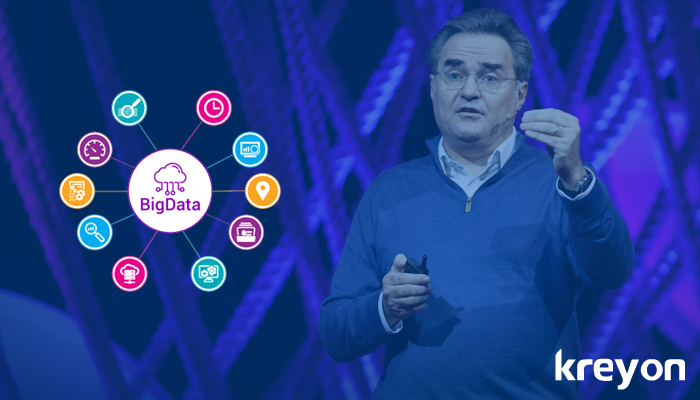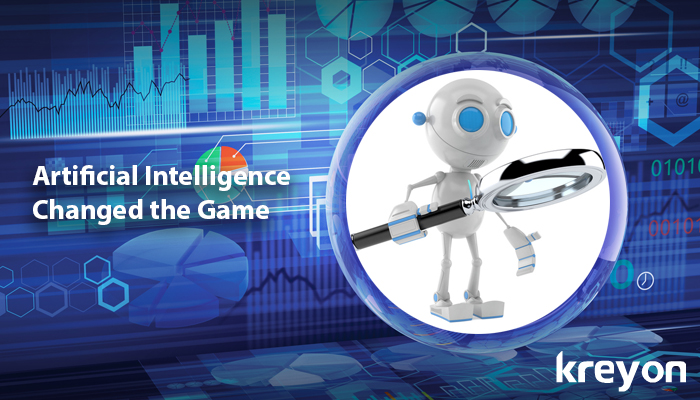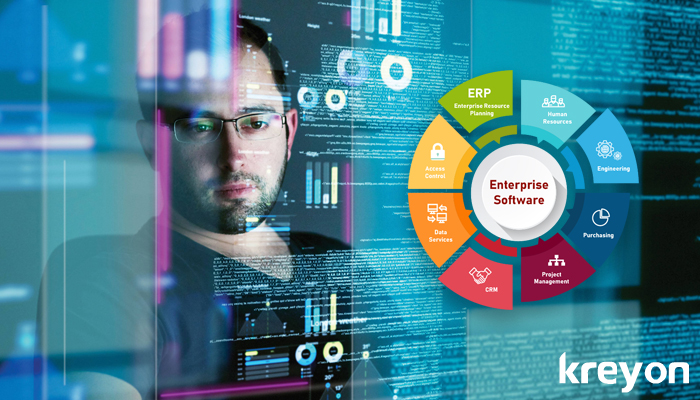How is Big Data Affecting Enterprise Software!

$1.2 trillion dollars. That’s what analysts believe that those using big data in business will earn at the expense of their less insightful colleagues.
This is predicted to happen by the end of 2021. Big data is here, and it’s here to stay. Use it, or your business might lose out. In this post, we’ll look at how big data is affecting enterprise software across the globe.
Why is the Use of Big Data so Important?

With analytics, the more information you have, the better. Say, for example, that you survey ten people about their smoking habits. If all ten smoke, you might come to the conclusion that all people smoke.
That’s a somewhat erroneous conclusion, as you’ll agree. What makes it a valid one, though, is that everyone in the sample does smoke. The problem here is not the conclusion as such, but more that there wasn’t enough data to form a conclusion.
You could create sample sizes of ten, fifty, or fifty thousand people and come to a different conclusion every time. Therefore, if you want the most accurate results, you need enough useful data to draw a conclusion.
Big data provides swathes of information from which we can draw conclusions.
Surely Big Data is Nothing New
Big data isn’t a brand-new concept. Over the years, companies have collected millions upon millions of gigabytes of data. The difference now is that it’s easier and less expensive to access. Thirty years ago, you’d have had to analyze all that data manually.
This worked out to be extremely expensive, and so it was an exercise reserved for larger companies with the money to fund the analysis.
Artificial Intelligence Changed the Game

Artificial intelligence is growing at a fast pace. The international market in AI grew by 154% in 2019 alone. AI is capable of doing so much in our world today.
We can see an easy example of this in our search engine searches. Ten years ago, search engine optimization was simple. All you had to do was to make sure that you added enough keywords and got plenty of backlinks.
When you searched for a site, the search engine would use a limited range of ranking signals to find your results. The results were okay, with maybe one or two bad apples thrown in. Back then, search engines were like a kid in their first year of school. They could recognize shapes and colors, but only in a limited context.
Today things are very different. The search engine algorithms have learned how to understand the context of sites. They can now provide far more accurate search results. They’re more like a child going to high school. They’re a lot more capable now.
It’s this advancement in the AI industry that has paved the way for the use of big data. An AI-enabled program can sort through thousands of records in seconds. It’s hardly surprising then that the big data industry has also shown record growth over the last five years.
Analysts predict that the market will be worth $103 billion dollars by 2027.
The Role of Big Data in Changing Enterprise Software

Enterprise software has always been aimed at improving the bottom line. Incorporating big data allows companies to make decisions based on a far wider range of parameters than was possible before.
Enterprise software being developed today must be capable of handling large amounts of data. More than that, it must be able to analyze big data in a meaningful way. That generally means incorporating an AI component.
Say, for example, that you’re developing a risk analysis program for an insurer. In the past, you’d have had to input parameters based on research. These parameters would include subsets of different risk profiles.
Because it was difficult to process the data you needed, you’d work with a few different subsets of people. You’d have, for example, a group that smoked and practiced sky-diving. When the program was set to search for the right risk profile, it would match as closely as possible.
So, if you smoked but didn’t skydive, you might end up in the same group as those who did. This, naturally, wasn’t fair. You’d be lumped together with other clients. You’d be assigned a higher risk profile because it wasn’t possible to drill deeper into the figures.
The smokers and skydivers would benefit because they were grouped under the same risk factor as you.
With the technology available to us today, though, a more accurate risk profile is easier to attain. Software now doesn’t have to check different profiles and find the group that matches best. It can, instead, analyze thousands of individual risk factors.
The upshot is greater accuracy and a more realistic assignment of risk. Enterprise software of the future will start to incorporate more big data analytics. This, in turn, will help companies to perform better market analysis and more accurate forecast models.
Author Bio:
Milica Kostic is a Cybersecurity awareness advisor at DataProt. She is committed to raising awareness of the importance of cybersecurity through her publications and initiatives.
